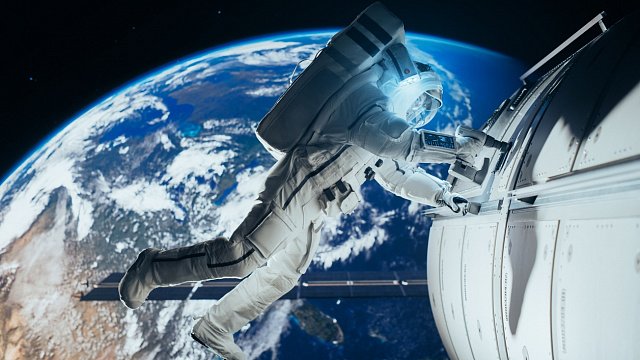20.11.24
15:35
Year-long Lunar simulation experiment concludes in Moscow
The data is expected to provide insights into the physiological and psychological impacts of long-duration spaceflight
The Institute of Biomedical Problems in Moscow announced the successful completion of Sirius-23, a groundbreaking year-long experiment simulating the challenges of a six-person lunar mission. This is reported by
Cronica Digital, a partner of TV BRICS.
The research project, which commenced on 14 November 2023, involved a crew of five Russian and one Belarusian cosmonaut living in complete isolation under simulated lunar orbital and surface conditions.
The meticulously designed experiment encompassed a simulated launch aboard a transport spacecraft, a four-day journey to the Moon, and docking with a lunar orbital station. Four crew members participated in multiple simulated lunar landings. The return journey to Earth commenced several days before the official end of the mission.
Over the course of the year, the crew undertook over 70 experiments across a wide range of disciplines. These included comprehensive studies in physiology, psychology, immunology, metabolism, biochemistry, and medicine, along with crucial research into sanitation, microbiology, and operational procedures.
To enhance the realism and complexity of the simulation, the organisers introduced a series of simulated emergencies. These included instances requiring the crew to maintain continuous operation for 36-hour periods, fluctuating carbon dioxide levels to mimic potential environmental shifts, and periodic disruptions to electronic communication to simulate loss of contact with ground control.
The data collected during Sirius-23 is expected to provide insights into the physiological and psychological impacts of long-duration spaceflight, informing the planning and execution of future lunar missions.
The Institute will now begin the extensive process of analysing the results, which are anticipated to significantly advance our understanding of human capabilities and limitations in the extreme environment of space.
Photo:
iStock
Back

